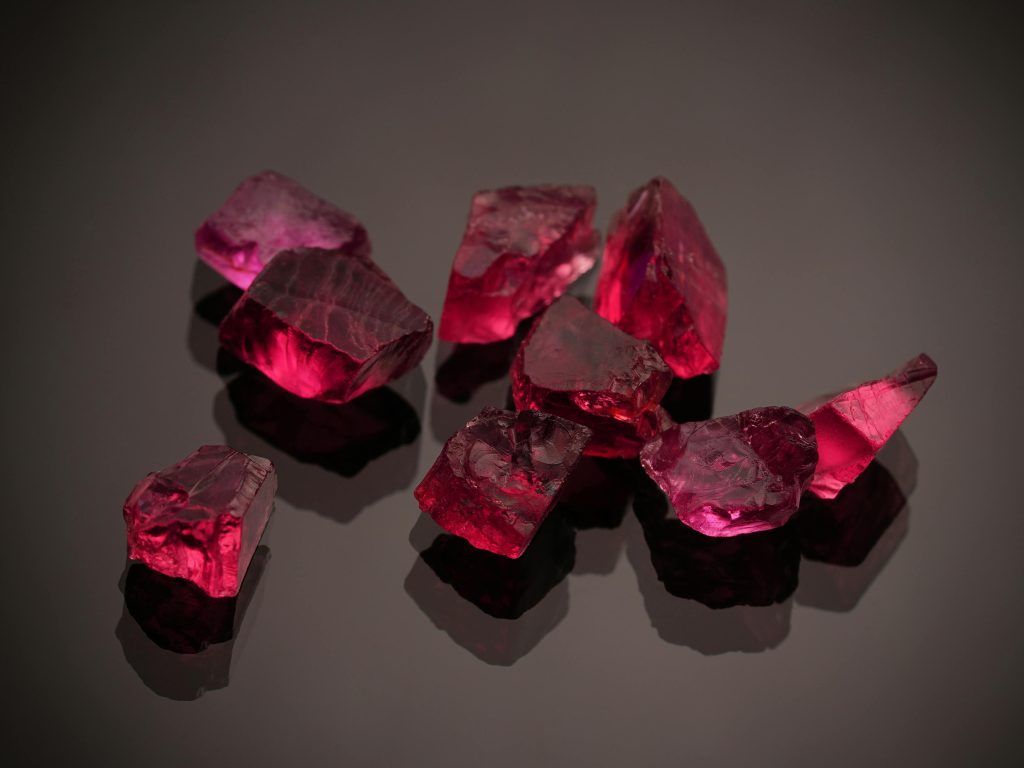What Makes Minerals Precious & How They’re Priced in the Market

The allure of precious minerals, from glittering gold to dazzling diamonds, has captivated humanity for centuries. These natural treasures are not just beautiful; they hold immense value, both monetarily and culturally. But what exactly makes minerals precious? How is its value determined, and how are these coveted materials priced in the market? This article delves into the fascinating world of precious minerals, exploring the factors influencing their worth and how they find their price in the global marketplace.
1. Rarity: The Foundation of Value
Rarity is perhaps the most significant factor in determining a mineral’s value. Minerals that are scarce in nature, such as diamonds, emeralds, and rubies, are considered precious due to their limited supply. The more difficult it is to find and extract a mineral, the higher its value. This scarcity creates a sense of exclusivity, making rare minerals highly sought after by collectors, investors, and enthusiasts.
2. Geological Formation: The Time Factor
The process by which a mineral is formed can also impact its value. Precious minerals often take millions of years to develop under specific geological conditions. For instance, diamonds are formed deep within the Earth’s mantle under extreme pressure and temperature, while emeralds are created through a combination of rare geological phenomena. The lengthy and complex formation process contributes to the rarity and, consequently, the value of these minerals.
3. Aesthetic Appeal: Beauty Beyond Compare
A mineral’s beauty plays a crucial role in its preciousness. Factors such as colour, clarity, brilliance, and overall appearance are critical in determining the value of gemstones and other minerals. For example, the deep blue hue of a sapphire or the fiery red of a ruby can significantly enhance their desirability and market value. In many cases, minerals are also cut and polished to enhance their natural beauty, further increasing their worth.
4. Historical and Cultural Significance
The historical and cultural significance of a mineral can elevate its status to that of a precious gem. Throughout history, certain minerals have been associated with power, wealth, and status. For instance, gold has been a symbol of wealth and prosperity in various cultures for millennia. Similarly, jade holds immense cultural value in East Asian cultures, where it is often regarded as more valuable than gold. These associations add to the perceived value of the mineral, making it more precious.
5. Market Demand: The Power of Perception
The value of a mineral is also heavily influenced by market demand. When demand for a particular mineral rises, so does its price. This demand can be driven by various factors, including fashion trends, economic conditions, and even marketing campaigns. For example, the De Beers Group marketing campaign in the 20th century played a significant role in boosting the demand for diamonds, positioning them as the ultimate symbol of love and commitment. Today, diamonds continue to command high prices due to their enduring popularity.
6. Quality and Grading
Quality is a crucial determinant of a mineral’s value. Gemstones, for example, are graded based on criteria such as cut, colour, clarity, and carat weight (the “Four Cs” of gemstones). A high-quality gemstone with exceptional characteristics will naturally fetch a higher price in the market. Similarly, the quality of gold is measured by its purity, with 24-karat gold being the purest and most valuable.
7. Ethical Sourcing and Certification
In today’s market, ethical sourcing and certification play an increasingly important role in determining the value of precious minerals. Consumers are becoming more conscious of the origins of the minerals they purchase, with a preference for those that are sourced responsibly and ethically. Certified minerals, such as conflict-free diamonds or fair-trade gold, often command higher prices due to the assurance of their ethical provenance.
8. Pricing in the Market
The pricing of precious minerals in the market is a complex process that involves various factors, including rarity, demand, quality, and market conditions. Prices are often set by specialized markets and auctions where buyers and sellers negotiate based on these factors. For example, the price of gold is determined by global supply and demand, with fluctuations in the market often influenced by geopolitical events, economic conditions, and investor sentiment.
For gemstones, pricing can vary widely depending on the Four Cs, market demand, and the reputation of the seller. Auction houses like RM Sotheby’s and Christie’s often set benchmark prices for high-quality gemstones, which then influence market trends.
Conclusion
Precious minerals are valued for a combination of factors, including rarity, beauty, historical significance, and market demand. Their pricing in the market is a dynamic process influenced by quality, ethical considerations, and global economic conditions. As consumers and investors continue to seek these natural treasures, the allure of precious minerals remains as strong as ever, driven by the timeless desire for beauty, rarity, and value.
Understanding what makes a mineral precious and how its value is determined can help buyers make informed decisions, whether they are purchasing for personal enjoyment or investment purposes. At Kalin Couture, we are committed to offering a curated selection of authentic gemstones and exquisite jewellery. Our dedication to transparency and quality ensures that you can confidently source genuine gemstones and enjoy timeless elegance in your jewellery choices. Explore our collections to experience the allure of truly precious minerals, backed by our promise of authenticity and craftsmanship.
In the end, the true value of a precious mineral lies not just in its market price, but in the unique story it tells and the enduring legacy it represents. So, write to us today or to know more visit us here.